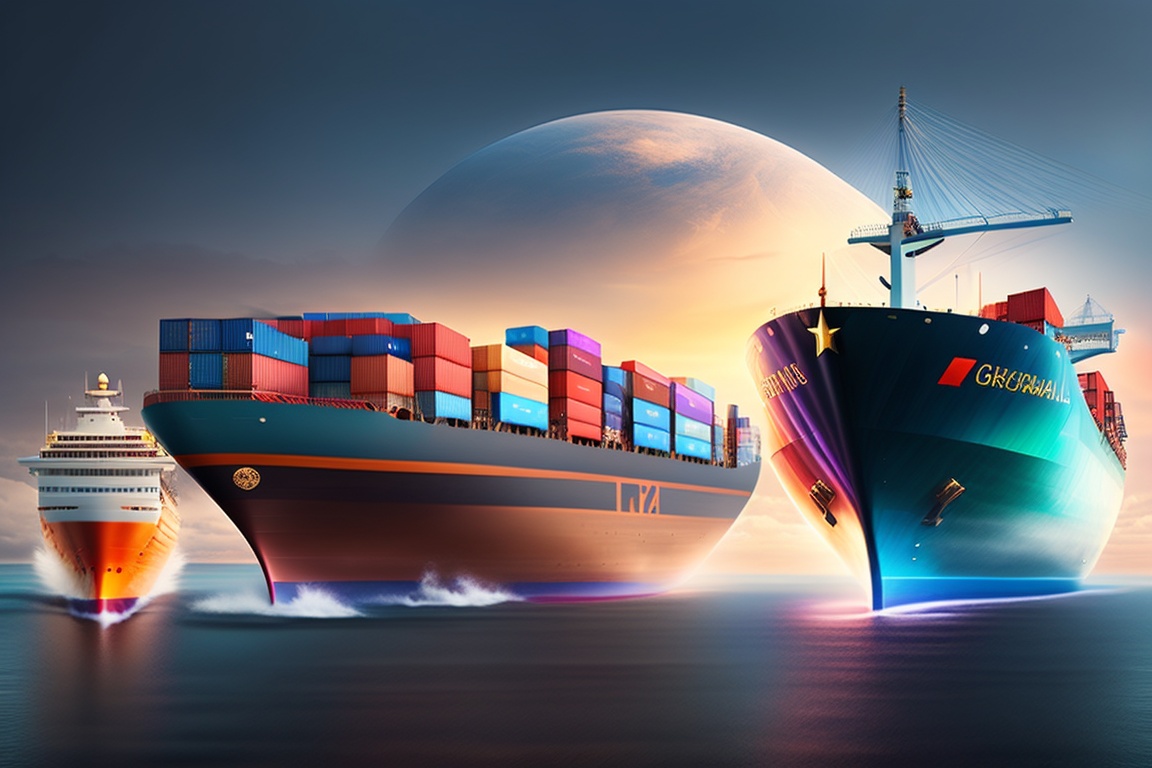With the advent of the digital age, the landscape of commerce has seen a dramatic transformation. A significant part of this transformation is the rise of cross-border e-commerce, a phenomenon that has broken down traditional geographical barriers and opened a plethora of opportunities for businesses to reach a global audience. As promising as this sounds, the shift towards cross-border e-commerce also brings forth certain challenges. This article aims to provide an in-depth analysis of both the opportunities and challenges that come with cross-border e-commerce in global trade.
Unveiling the Opportunities in Cross-Border E-commerce
Cross-border e-commerce provides businesses with the chance to expand their market base, boosting their growth potential significantly. The key opportunities include:
- Extended Customer Base: By engaging in cross-border e-commerce, businesses can reach out to potential customers worldwide, thus expanding their market presence beyond geographical confines.
- Diversification of Revenue: With a global audience, businesses can diversify their revenue stream, reducing the risk associated with dependence on a single market.
- Brand Visibility: Engaging in cross-border trade can significantly enhance a brand’s visibility, leading to a potentially larger and more diverse customer base.
Moreover, cross-border e-commerce also provides the opportunity to learn about different market trends and customer preferences, thereby contributing to more informed business strategies.
The Challenges in Cross-Border E-commerce
While the potential benefits of cross-border e-commerce are abundant, the challenges are not to be underestimated. These challenges often revolve around logistics, legal regulations, and cultural differences, among others.
- Logistical Challenges: Ensuring timely and efficient delivery can be a major challenge in cross-border e-commerce. Moreover, managing returns across borders can be complicated and costly.
- Regulatory Hurdles: Different countries have varying legal regulations when it comes to e-commerce, including data privacy, digital tax, and consumer protection laws. Complying with these regulations can be a complex process.
- Cultural and Language Barriers: Understanding and catering to the cultural nuances and language preferences of customers from different countries can be a daunting task.
Strategies for Overcoming the Challenges
To fully capitalize on the opportunities offered by cross-border e-commerce, businesses need to effectively address the associated challenges. Here’s a numbered list of strategies that can help:
- Partner with Reliable Logistics Providers: To address logistical challenges, businesses can partner with reliable logistics providers that have a proven track record in cross-border deliveries and returns.
- Stay Updated with Regulatory Changes: Regularly updating knowledge about legal regulations in target countries can help businesses stay compliant and avoid potential legal issues.
- Invest in Localization: To overcome cultural and language barriers, businesses should invest in localization, which includes translating website content into the local language and adapting marketing strategies to fit local cultural nuances.
Future of Cross-Border E-commerce
The future of cross-border e-commerce looks promising, with technology advancements expected to further simplify processes and eliminate barriers. Here are some anticipated trends:
- Improved Logistics: With advancements in technology, logistical challenges are expected to be mitigated with more efficient delivery and return systems.
- AI for Personalized Experiences: The use of AI can help businesses deliver personalized shopping experiences to customers across different markets, enhancing customer engagement and loyalty.
- Blockchain for Secure Transactions: Blockchain technology can potentially simplify cross-border transactions, making them more secure and transparent.
Overall
Cross-border e-commerce presents a valuable opportunity for businesses to grow beyond their traditional geographical boundaries. Despite the challenges involved, with effective strategies and the right use of technology, businesses can successfully navigate the world of cross-border e-commerce. In the evolving global trade landscape, the importance of being able to trade across borders electronically is evident, making it a trend that’s here to stay and redefine the future of commerce.






